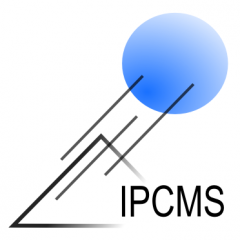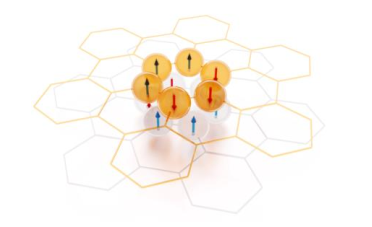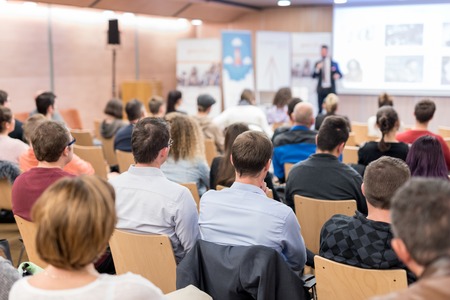Gracie Chaney (Sorbonne Université, Laboratoire de Chimie Theorique PARIS)
résumé : Although ab initio molecular dynamics (AIMD) can predict the chemical reactions in materials with quantum accuracy, it suffers from computational inefficiency that constrains simulations in size (<1000 atoms) and time (<100 ps). Machine learned interatomic potentials (MLIPs) bridge the gap between quantum accuracy and classical efficiency by learning the potential energy surface of the system from the AIMD data and using it as the force field in classical molecular dynamics (CMD) simulations. In this presentation, I will feature two very different systems for which I have used MLIPS. The first is the interface of a solid-state battery consisting of a Li-metal anode and an argyrodyte Li6PS5Cl solid-state electrolyte. By using a moment-tensor potential scheme we were able to generate an MLIP that accurately predicted the short- and long-term growth of the solid-electrolyte interphase region initiated by reduction of the electrolyte by the anodic Li [2]. The second system consists of a dense liquid of NH3/H2O/CH4 subjected to extreme temperatures (3000 K) and pressures (22-69GPa). In this case, we used an equivariant neural network potential [3] trained on an even distribution of NH3/H2O/CH4 structures of various NH3 amounts (4, 8, and 12). Both the AIMD and MLIP+MD simulations showed that increasing pressure at high temperature induces water ionization and begins a process involving the formation of transient CH5+ molecules and highly reactive carbocations that drive hydrocarbon chain growth toward nanodiamonds. Such results could be useful for understanding the dynamics within icy giant planets, such as Uranus and Neptune.
[1] Ivan S Novikov et al. 2021 Mach. Learn.: Sci. Technol. 2, 025002
[2] Gracie Chaney et al. 2024 ACS Appl. Mater. Interfaces 16, 19, 24624–24630
[3] Musaelian, A., Batzner, S., Johansson, A. et al. (2023) Nat Commun 14, 579
Pour tout contact : Hervé Bulou (0388107095 – herve.bulou@ipcms.unistra.fr) et Christine Goyhenex (0388107097 – christine.goyhenex@ipcms.unistra.fr)



